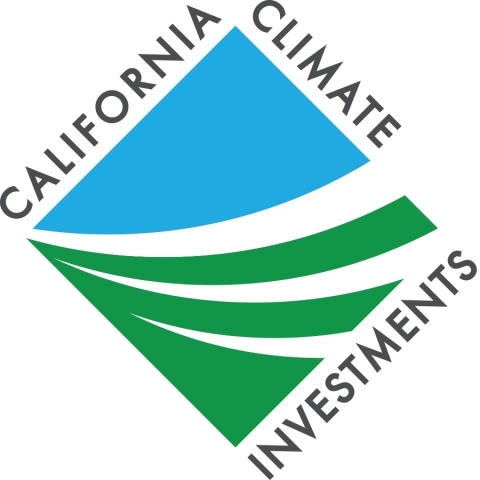SAN DIEGO--(BUSINESS WIRE)--In order to make clean vehicles more accessible to a greater number of California drivers, especially in communities that are highly impacted by air pollution, the Clean Vehicle Rebate Project (CVRP) is implementing increased incentive levels for low- and moderate-income consumers and high-income eligibility caps. The California Air Resources Board (ARB) approved the changes in June 2015, as directed by the Charge Ahead California Initiative established by Senate Bill 1275 (De León). They will apply statewide to vehicle purchases or leases effective on March 29, 2016.
Since 2010, the CVRP has issued over $291 million in rebates for more than 137,200 vehicles, according to the Center for Sustainable Energy (CSE), which administers the ARB program. Rebates cover a range of battery electric, plug-in hybrid electric and fuel cell vehicles.
For low- and moderate-income consumers, CVRP rebates for all types of eligible light-duty passenger vehicles are being increased by $1,500. When combined with the $7,500 federal tax credit for battery electric and plug-in hybrid electric vehicles, the California rebates provide savings up to $11,500. To qualify for the increased rebates, applicants must have household incomes less than or equal to 300 percent of the federal poverty level. For an individual, the gross annual income limit is $35,640, and for a household of four, it is $72,900.
Higher income consumers will not be eligible for CVRP rebates if their gross annual income exceeds $250,000 for single tax filers, $340,000 for head of household filers and $500,000 for joint filers. Income levels will be determined by the amount reported on the applicant’s federal tax return. The caps do not apply to fuel-cell electric vehicles, which represent less than one percent of CVRP’s applications and qualify for rebates of $5,000.
Applicants may be required to provide proof of income.
Additional clean vehicle rebates based on income eligibility are available in disadvantaged communities in the South Coast Air Quality Management District and the San Joaquin Valley Air Pollution Control District. ARB’s Drive Clean website offers a guide for clean vehicle incentives at DriveClean.CA.gov.
For further information on the CVRP, a list of eligible vehicles and rebates, and complete application procedures, visit CleanVehicleRebate.org.
The incentives, and this project, are part of California Climate Investments, which use proceeds from the state’s cap-and-trade auctions to reduce greenhouse gas emissions while providing a variety of additional benefits to California communities.
About the Center for Sustainable Energy®
Accelerating the transition to a sustainable world powered by clean energy
Founded in 1996, the Center for Sustainable Energy (CSE) is a mission-driven nonprofit, providing clean energy consulting services and program management. Governments, regulators, utilities, businesses, property owners and others look to CSE as an objective implementation partner to develop customized solutions that help lower energy costs and increase consumer choice and accessibility to clean energy technologies. CSE’s suite of services includes expertise in transportation, energy efficiency and building performance, research and analysis, emerging technologies, policy support, workforce development, and marketing, education and outreach. Headquartered in San Diego, CSE works nationwide with support of offices in Los Angeles, Oakland, Calif., and Boston. Learn more at energycenter.org and on Facebook - Twitter - LinkedIn.




